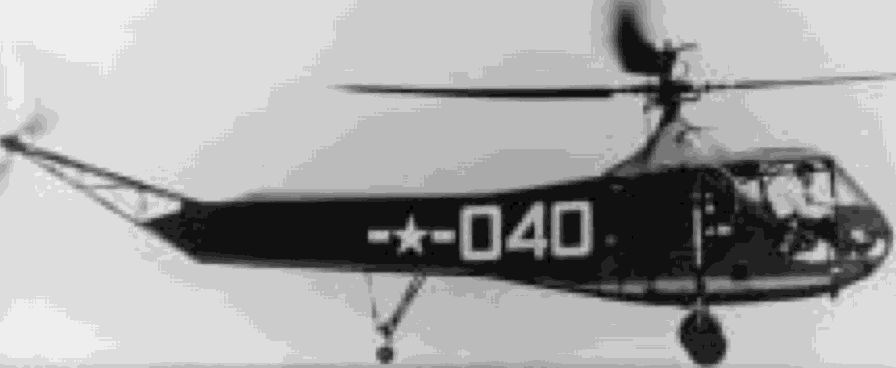

1943-Contin ued
D. B. MacDiarmid, USCG, commanding, to take over
the rescue duties being performed by naval aircraft in
Greenland and Labrador.
5-6 October
Second Wake Raid-Task Force 14
(Rear Admiral Alfred E. Montgomery), composed of
six new carriers, seven cruisers, and 24 destroyers,
making it the largest carrier task force yet assembled,
bombed and bombarded Japanese installations on
Wake Island. In the course of the two-day strike, ship
handling techniques for a multicarrier force, devised
by Rear Admiral Frederick C. Sherman's staff on the
basis of experience in the South Pacific, were tested
under combat conditions. Lessons learned from oper-
ating the carriers as a single group of six, as two
groups of three, and as three groups of two, provided
the basis for many tactics which later characterized
carrier task force operations.
6 October
The Naval Airship Training Command at
Lakehurst, N.J., was redesignated the Naval Airship
Training and Experimental Command.
12 October
The Bureau of Ordnance established a
production program for 3,000 Pelican guided missiles
at a delivery rate of 300 a month.
16 October
The Navy accepted its first helicopter, a
Sikorsky YR-4B (HNS-l), at Bridgeport, Connecticut,
following a 60 minute acceptance test flight by
Lieutenant Commander Frank A. Erickson, USCG.
_.
r
Coastguardsmen test capability of Navy's first helicopter, HNS-1, for
air-sea rescue at NAS New YOl* 1061902
UNITED STATES NAVAL AVIATION
1910-1995
131
31 October
Lieutenant Hugh D. O'Neil of VF(N)-75,
operating from Munda, New Georgia, destroyed a
Betty during a night attack off Vella Lavella, the first
kill by a radar-equipped night fighter of the Pacific
Fleet. Major Thomas E. Hicks and Technical Sergeant
Gleason from VMF(N)-531 provided ground-based
fighter direction.
1 November
A detachment of Bombing Squadron
145, equipped with Venturas, began operations from
Fernando Noronha Island, extending the area of Fleet
Air Wing 16 antisubmarine patrols over the South
Atlantic toward Ascension Island.
1 November
First Rabaul Strike-A two-carrier task
force (Rear Admiral Frederick C. Sherman) delivered
an air attack on the naval base at Rabaul damaging
several warships of the Japanese Second Fleet.
8 November
The Chief of Naval Operations directed
that Aviation Safety Boards, similar to those in the
Intermediate Training Command, be established in the
Primary and Operational Training Commands.
8 November
The Naval Ordnance Test Station,
Inyokern, California, was established for research,
development and testing weapons and to provide pri-
mary training in their use. It initially supported the
California Institute of Technology which, through the
Office of Scientific Research and Development, was
undertaking the development and testing of rockets,
propellants and launchers.
11 November
Second Rabaul Strike-Three heavy
and two light carriers organized in two carrier task
forces (Rear Admirals Frederick C. Sherman and Alfred
E. Montgomery), hit Japanese naval shipping at Rabaul
sinking one destroyer and damaging ships, including
two cruisers. In this attack SB2C Curtiss Helldivers
were used in combat for the first time.
13-19
November
Army and Navy aircraft of Task
Force 57 (Rear Admiral John H. Hoover), based on
islands of the Ellice, Phoenix, and Samoan Groups
and on Baker Island, conducted long-range night
bombing attacks on Japanese bases in the Gilbert and
Marshall Islands as a preliminary to the invasion of
the Gilberts.
18-26 November
Occupation of the Gilbert
Islands-Six heavy and five light carriers of Task Force
50 (Rear Admiral Charles A. Pownall) opened the cam-
paign to capture the Gilberts with a two-day air attack
on airfields and defensive installations in the islands
(18-19 Nov), covered the landings of Marines and
 |
31 |
 |